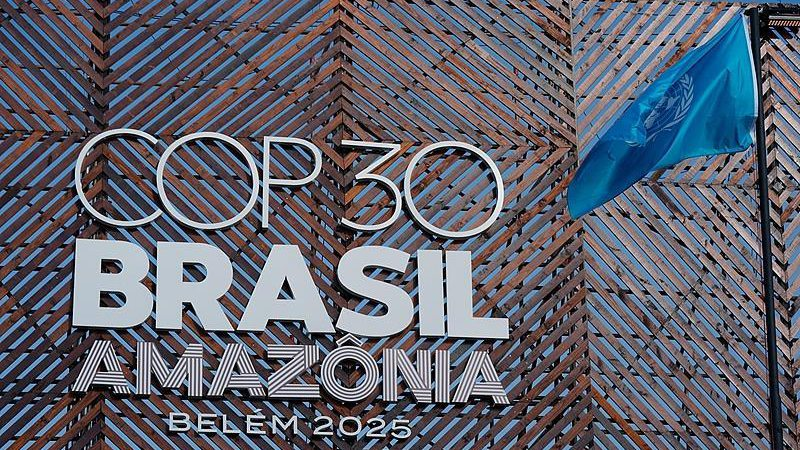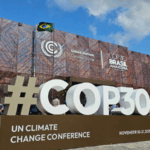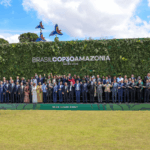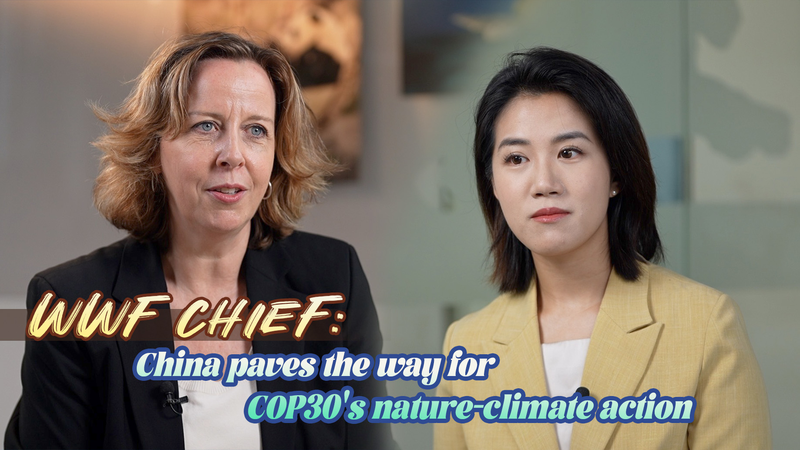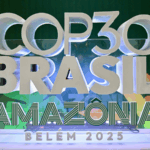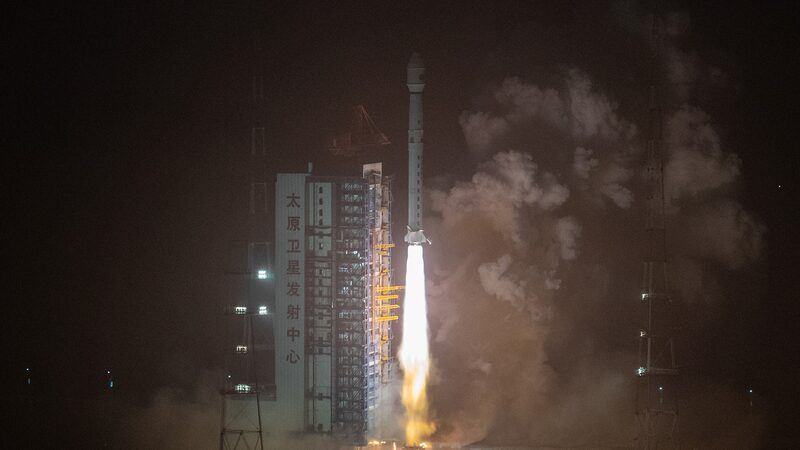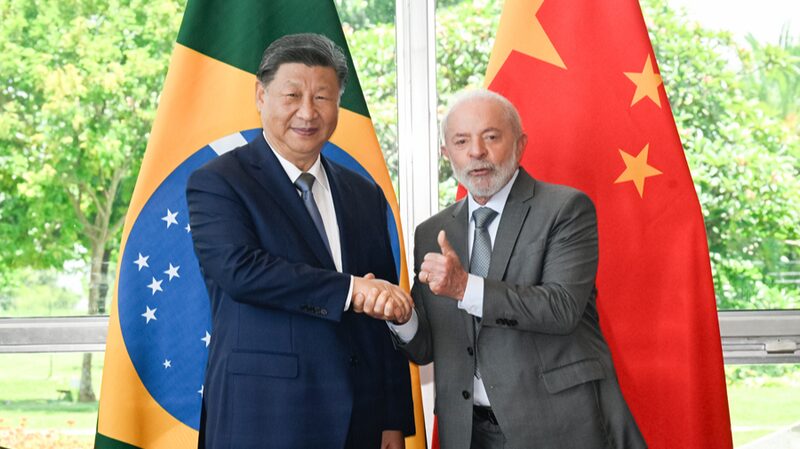The 30th UN Climate Change Conference (COP30) in Belem, Brazil, has become a crucible for global climate action amid alarming data showing 2025's January-August temperatures averaging 1.42°C above pre-industrial levels. With ocean heat and greenhouse gas concentrations hitting new records, delegates face mounting pressure to bridge the gap between pledges and implementation.
Implementation Hurdles Emerge
While 118 countries have submitted updated Nationally Determined Contributions (NDCs), China's climate expert Wang Yi notes critical challenges: "Assessing the adequacy of these pledges against global targets remains urgent." Developing nations particularly require financial support to meet their climate adaptation and mitigation goals.
U.S. Absence Casts Shadow
The conference faces unprecedented complications as the United States – the largest historical emitter – skips official participation. China's climate envoy Liu Zhenmin stated: "The integrity of multilateral cooperation suffers when a key player withdraws from the Paris Agreement twice." Observers report weakened coordination among developed nations struggling to compensate for the void.
China's 2035 Climate Roadmap
Announced this September, China's NDCs aim to cut net greenhouse emissions 7-10% from peak levels while tripling renewable energy capacity to 3,600 gigawatts by 2035. The plan introduces absolute emissions caps and expands carbon trading markets. Climate expert Pan Jiahua highlights its "breakthrough inclusion of all greenhouse gases," calling it a pragmatic blueprint for industrial transformation.
Reference(s):
COP30: Divisions, consensus, goals amid global climate urgency
cgtn.com
